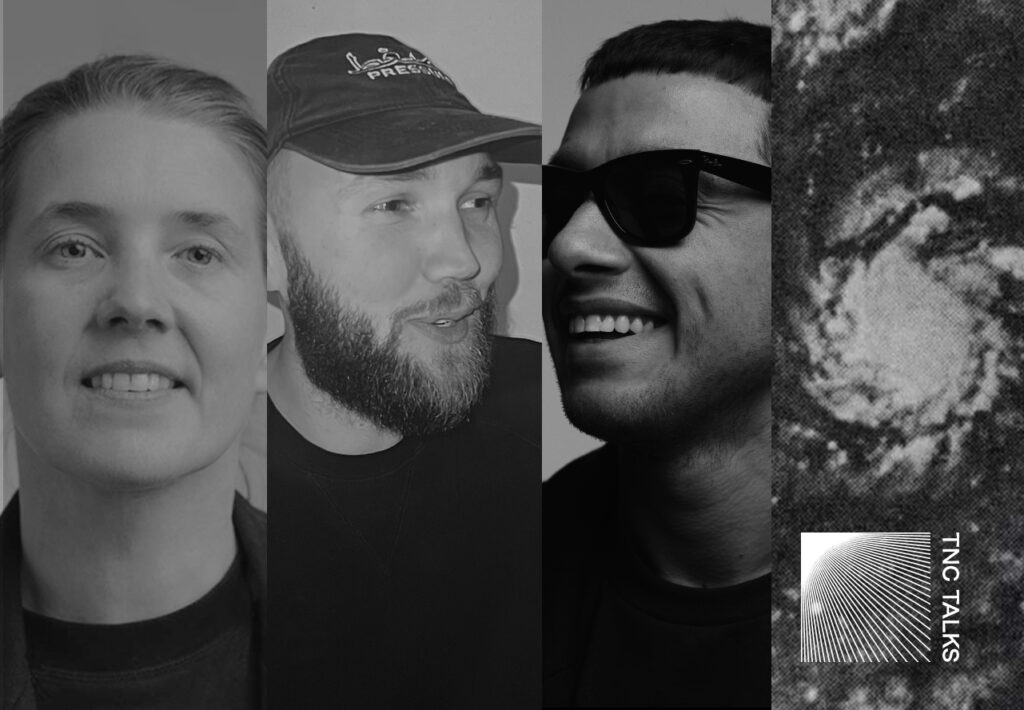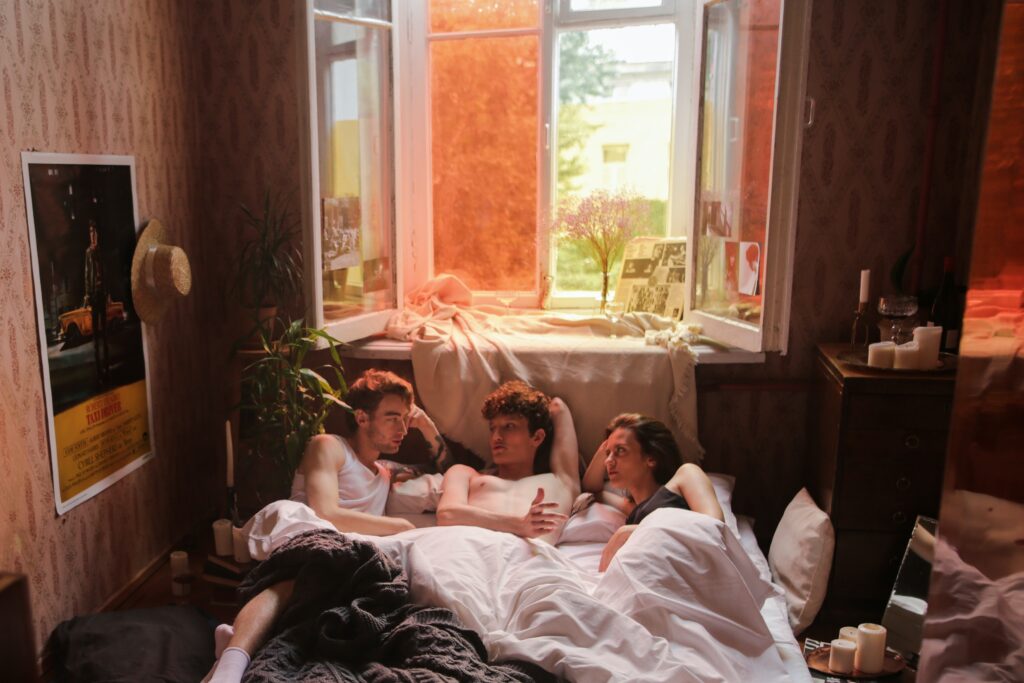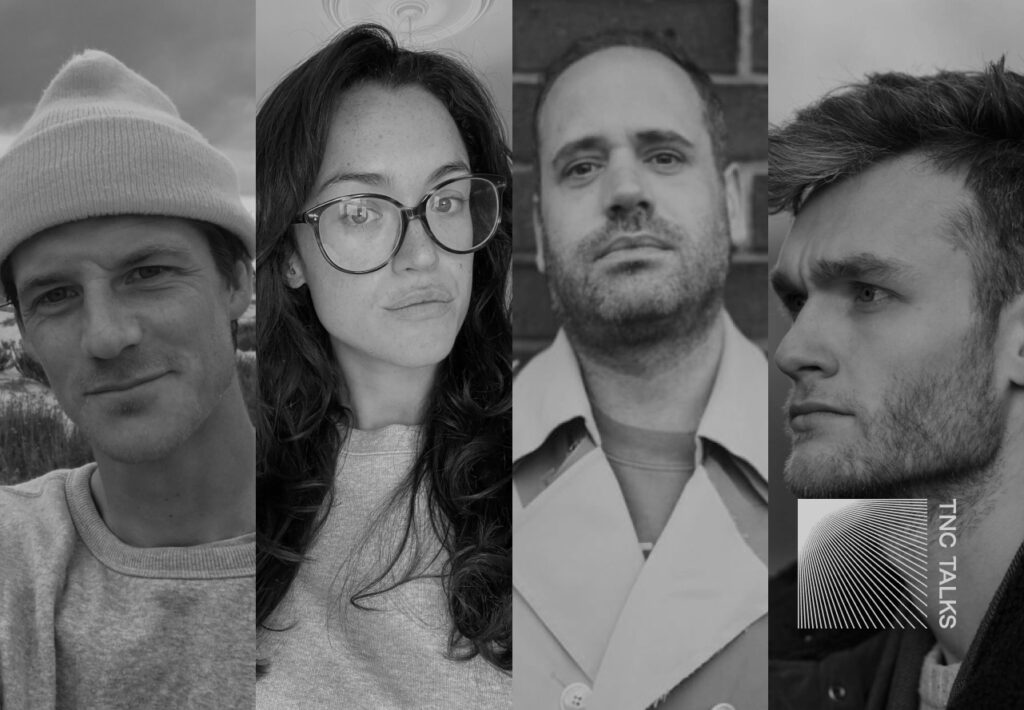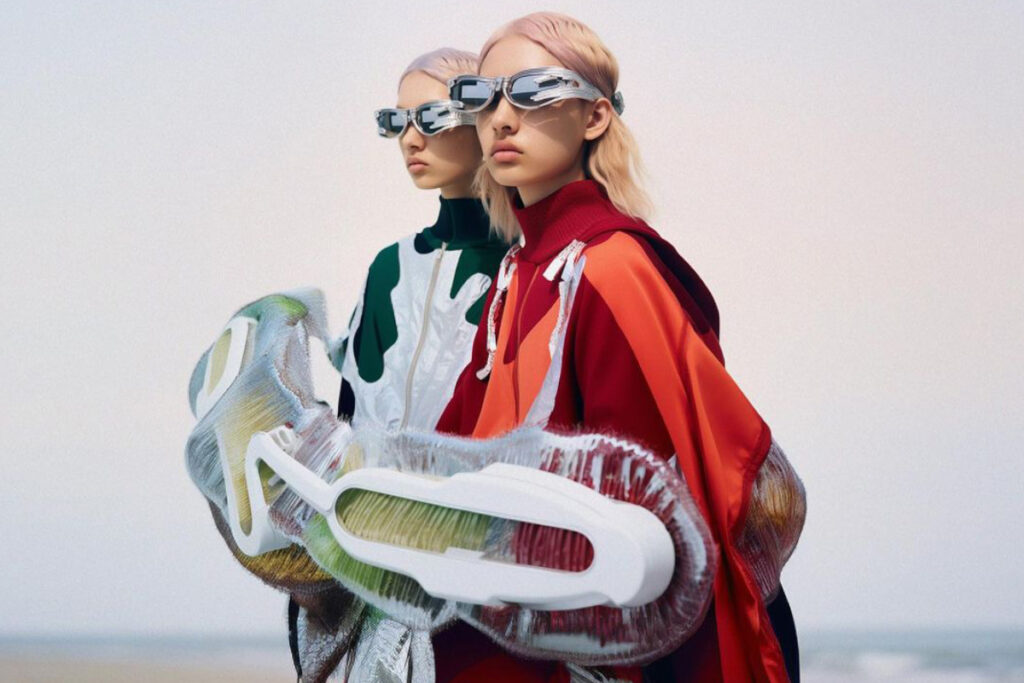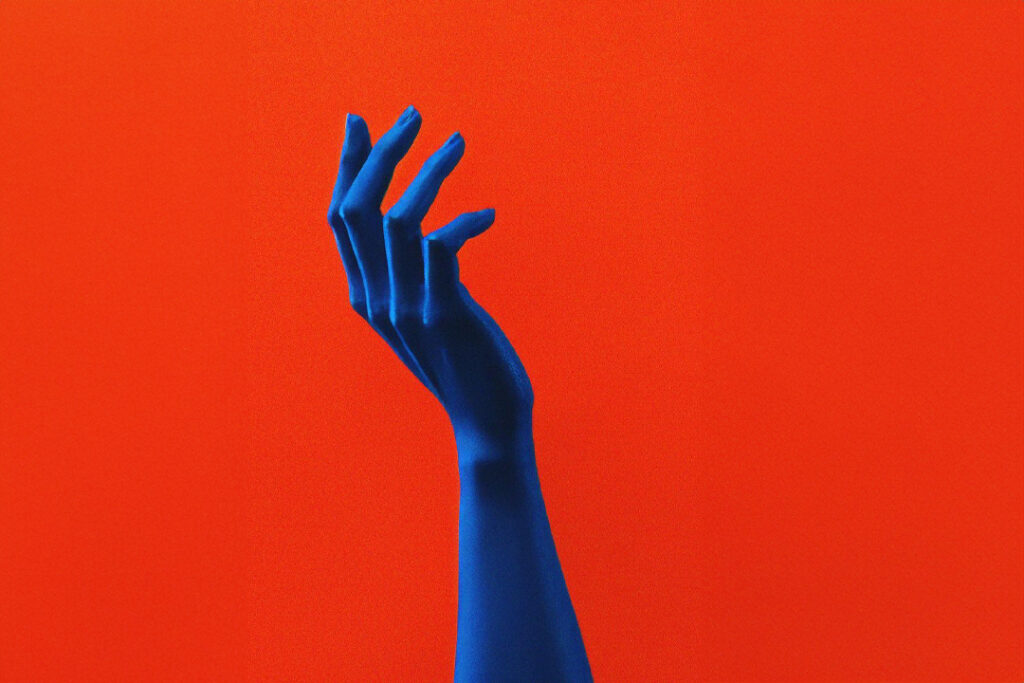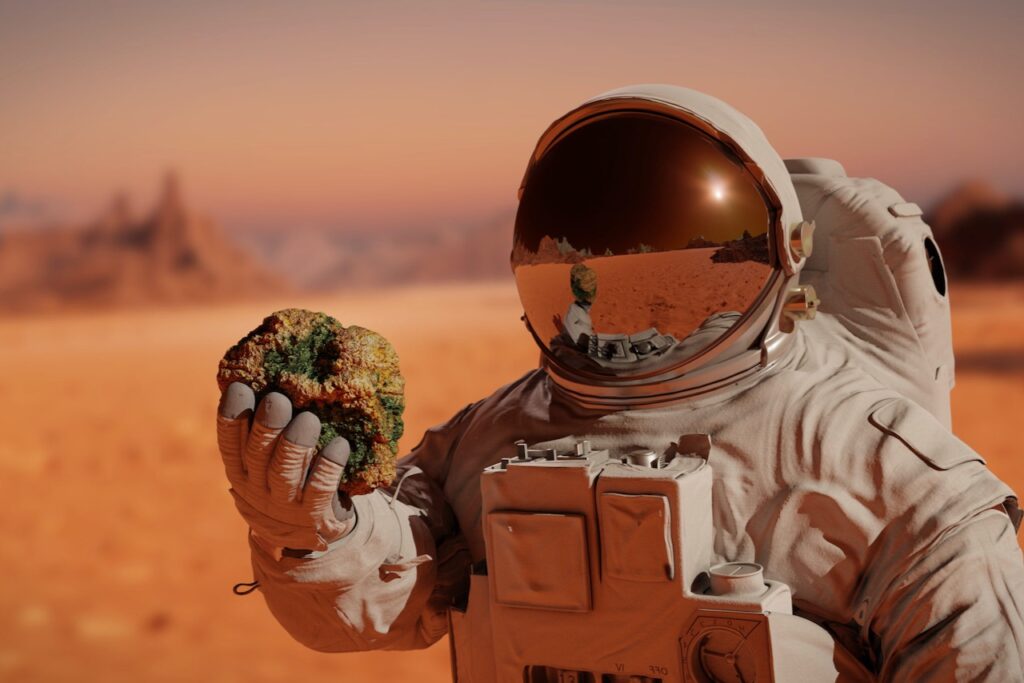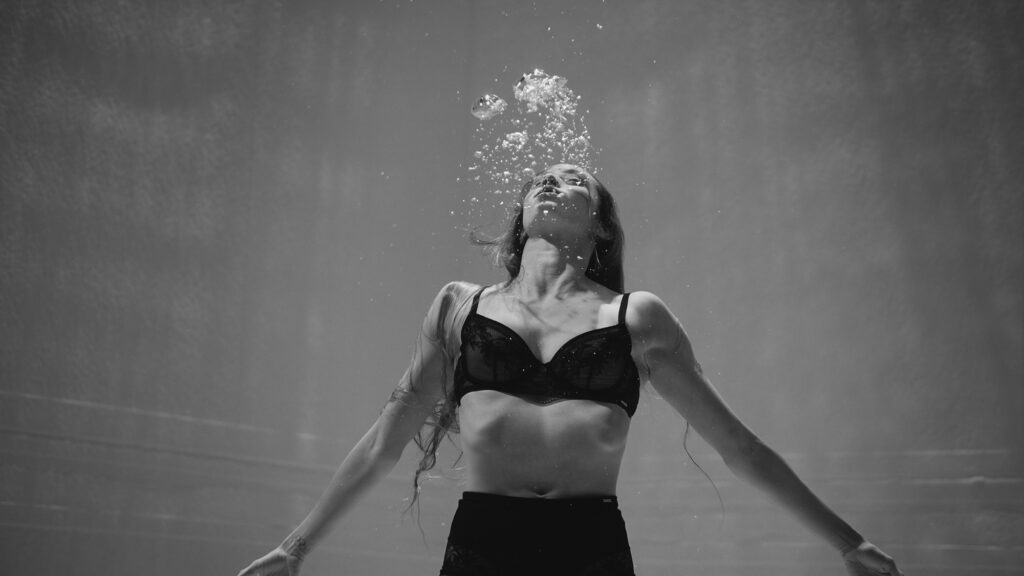I remember my philosophy class. The windows promising a sunny day somewhere outside, but I was sticking in the middle of a lesson; the Methuselated teacher quoting Benjamin Constant.
“Art for the art’s sake”- I lazily interrupt my stream of consciousness and I start to pay attention.
“Art for the art’s sake, with no purpose, for any purpose perverts art. But art achieves a purpose which is not its own”
The old professor was citing an 1804 affirmation that the ‘True’ art is that one detached from any political, didactic, utilitarian nor moral function. And while I was starting to wonder if this art has ever existed in the history of commissioned creations, I realize that those dusty words have already outlived their purpose. Just in the last century, the artwork happened to lose its Aura, become reproducible, its original message and function manipulable, and destinated to a wider audience.
Contemporaneity couldn’t be farther from Constant’s vision.
If it is true that a certain artwork fetishization still survives in old-fashioned galleries, it is safe to say that mass culture has brought a radical change. From elitists practice, art has become more and more accessible, political, and closely bonded to society.
Art started to be inspired by people and produced for people.
Thinking about popular art, it comes without saying that the two biggest expressions are Pop and Street Art: both meant to be consumed by the masses, they are a critical reflection on our society.

Roy Lichtenstein’s art in public
Born in the 50s, in the climate of changes that the post-war brought, Pop art was a response to the growing American consumerism. By ironizing on the use of mundane objects and popular icons, it becomes a challenge to the traditional, elitist approach to art and how it should be. After years of painterly looseness of Abstract Expressionism, art finally was coming back to representation of distinct forms in hard edges, moving closer to everyday life, picking inspiration from Hollywood, advertising, packaging, or whatever connected to the popular imaginary. I guess I do not need to name the movement top creatives: everyone in western culture has been once-in-a-life exposed to Warhol’s Marilyn Monroe series, or to the Lichtenstein’s comix-inspired walls. Meantime in Britain, the movement developed a more academic approach, exploiting parody to mock the power of American imagery in affecting individual lifestyles. And it was in Britain, in 1957, that Richard Hamilton wrote down in a letter the characteristics of Pop art.
“Pop Art is Popular, Transient, Expendable, Low cost, Mass produced, Young, Witty, Sexy, Gimmicky, Glamorous, Big business”
The movement invaded different countries and cultures, gaining pop artists till the 70s, but influencing all the forthcoming contemporary art conceptualization. What my old professor could not imagine in his monologues was that many of Pop art principles and -sometimes- techniques are shared within Street art.

The rise of streetart in New York in the 70s
Illegal, raised in the 70s in the newest New York subway, the Street art embraces the same Pop ambition of art democratization, both in terms of audience and radicalization in ‘lower’ aspects of cultures. Even if many have tried to argue the natural connection with the two movements, a real new wave of Pop doesn’t actually exist, and urban art has demonstrated to be able to draw from various and mixed forms, including Abstract Expressionism and Hyperrealism. Nevertheless, both movements are a critical reflection of the world we live in.
“Transient” and “Expendable” means that a Pop artwork is a short-term solution and easily replaceable. Don’t you notice anything in common? Murals and graffiti, due to their illegal roots, meet both requirements: they risk to be removed at any time, or worse, they can be covered by other writers. An example? The most epic graffiti vs. street art fight. Back in 1985, King Robbo sprayed his well-known firm in a Camden tunnel and it survived somehow till 2009 when Banksy covered it with a worker wallpapering up the graffiti. The King was outraged, and the battle begins: the two artists continued their ‘cover’ action till 2014 when Robbo died, and Banksy painted the last ode and personal homage to the King: an inflammable spray recalling a burning candle.

The most epic graffiti vs. street art fight between Banksy & King Robbo
Warhol and Lichtenstein in Pop art as well as Jean Michel Basquiat, Keith Haring, and Banksy for Street Art have the merit to have dismantled the traditional assumptions within the history of art, through their ‘low’ subjects and innovative engagement via videogames, cartoon, fonts, superheroes, pop icon or politicians. Representing young cultures and social controversies, both have left a mark even in subcultures, and Skateboarder stickers can be quoted as proof.
For their powerful fusion of postmodern imagery, critique, and bold style, Pop and Street art deserve to be named for what they have always been – and are even now: Rebellious.
Written by Nicole di Sandro
